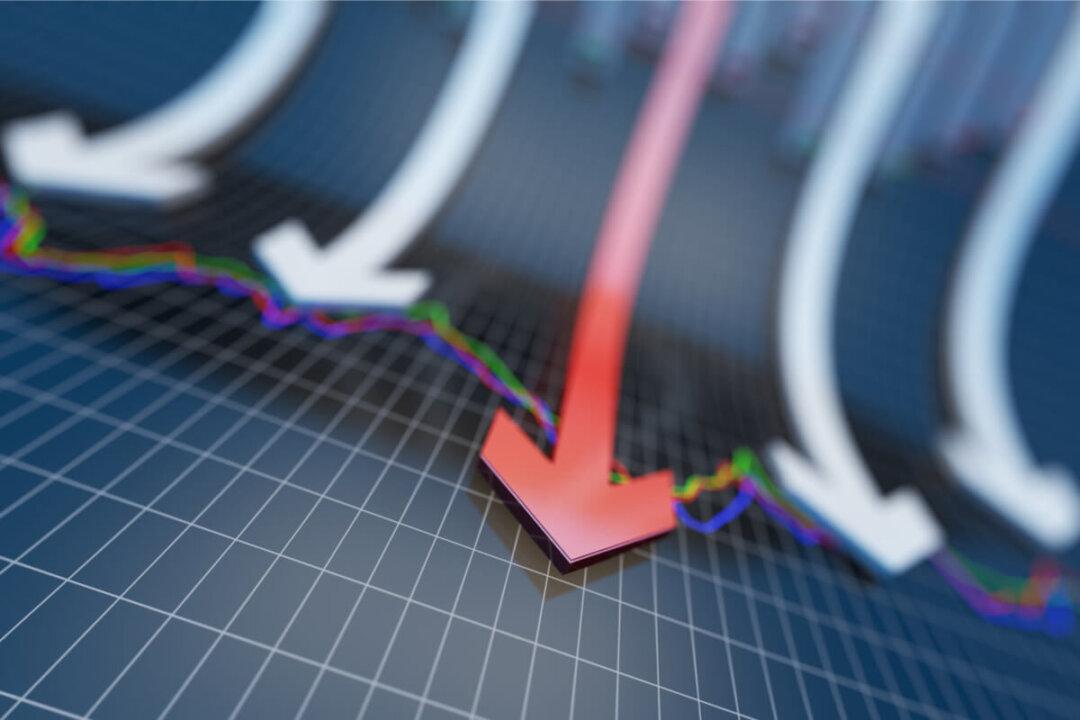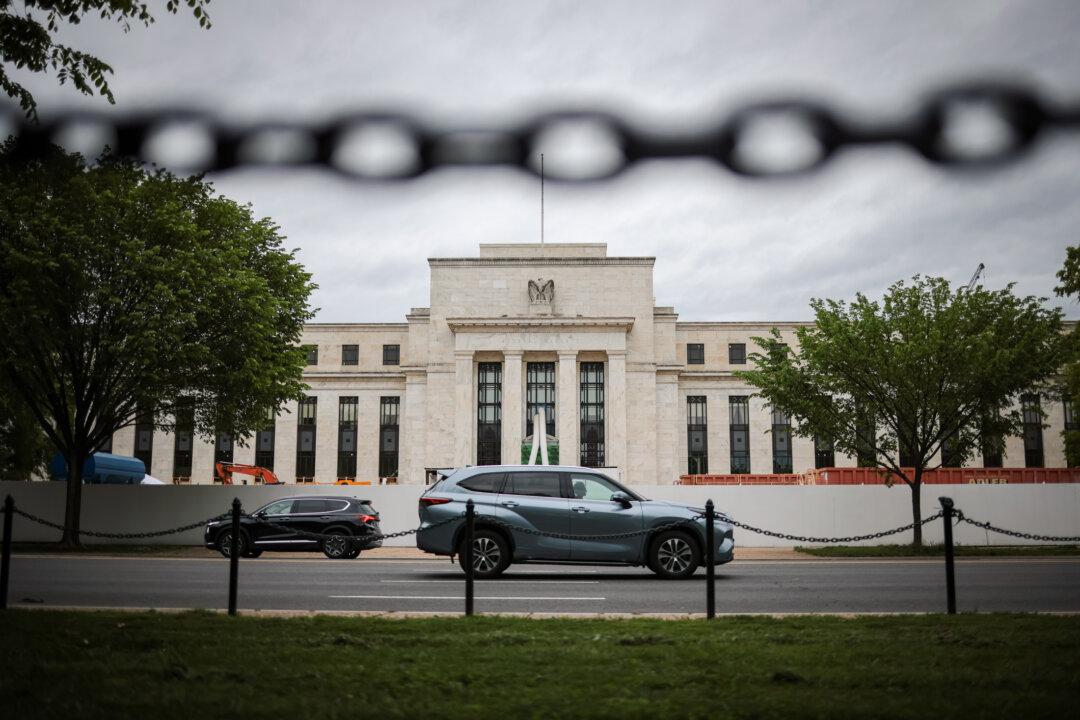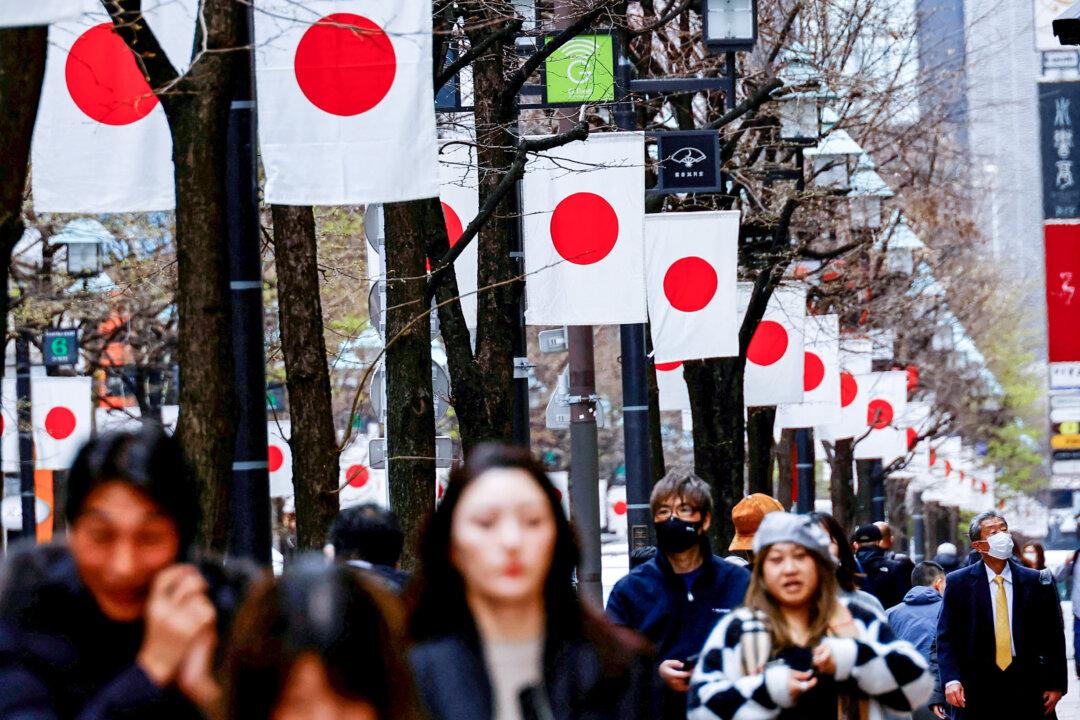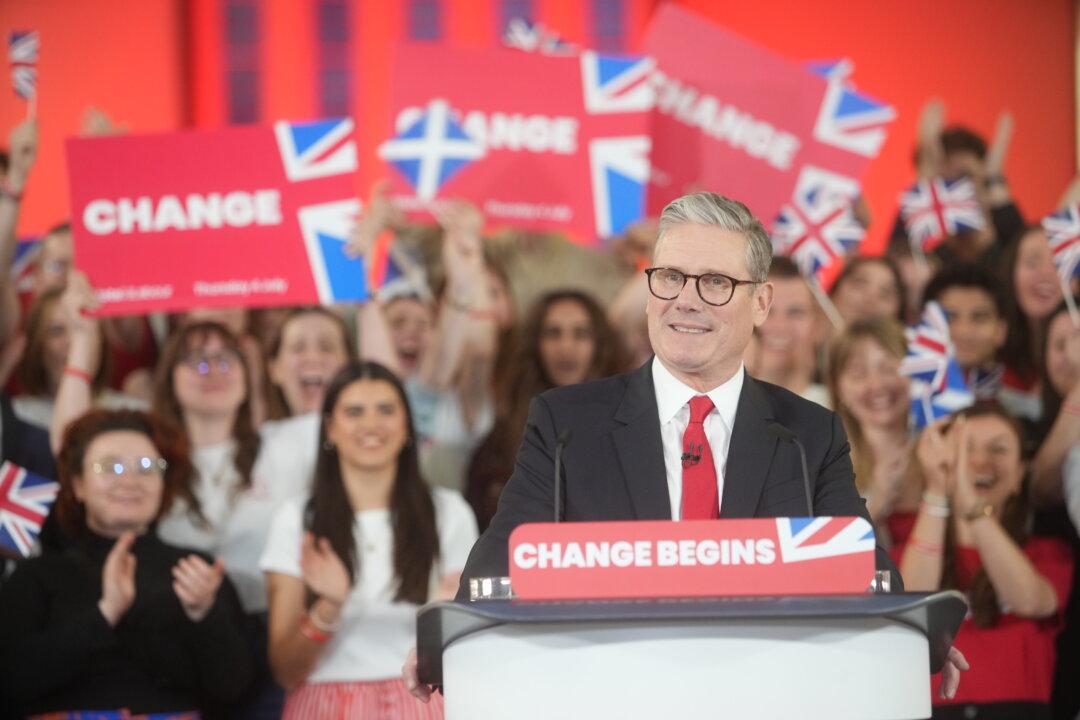Commentary
Since the previous Federal Open Market Committee (FOMC) meeting, where the Federal Reserve (Fed) reiterated a longer-than-expected rate hike and a later-than-expected rate cut, the shorter market rates then edged up. Yet, Fed funds futures show the terminal rate stayed at around five percent and moved within a small range of plus or minus 25 basis points. The market is likely to remain in a narrow range, and the terminal hike will likely end in March, May, or June 2023.





